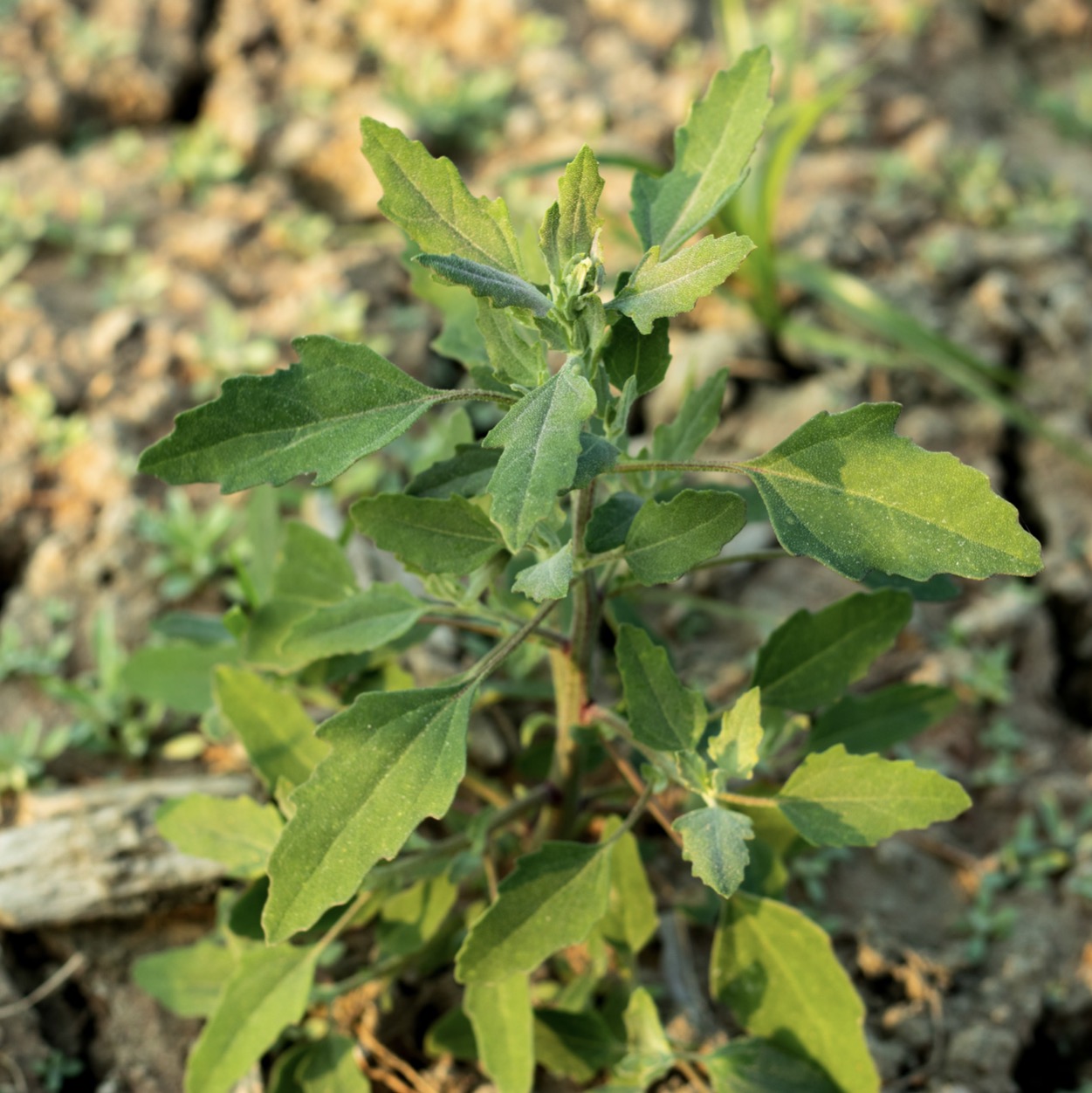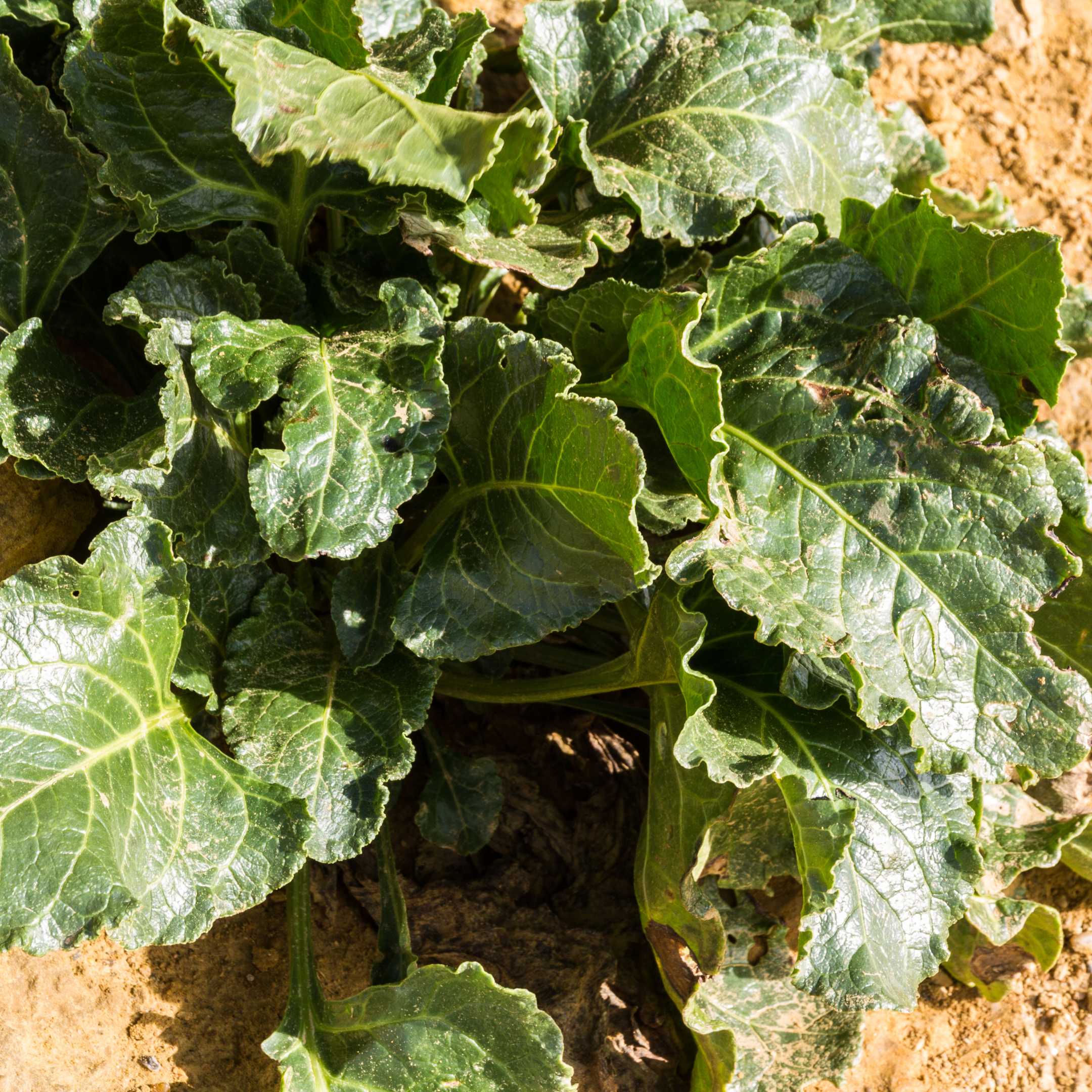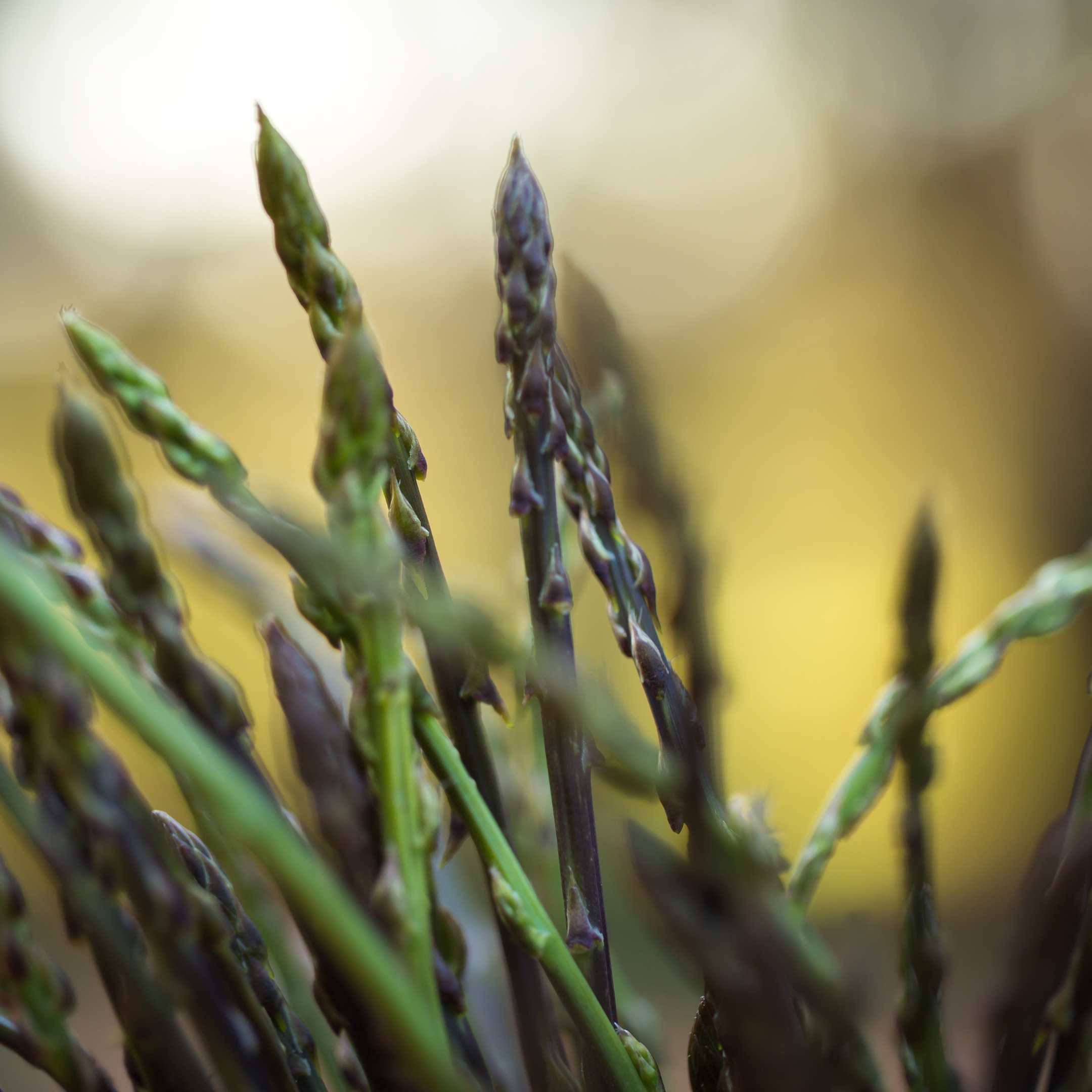Did you know that Fat Hen is found growing wild on Gozo and is a nutritious and healthy addition to your diet?
Author of, Weeds For Health On Gozo, Heléna Szöllősy shares everything you need to know about the wild plants that make up Gozo’s unique and diverse flora. Enjoy learning about the healing benefits and many usages of Fat Hen which flowers on Gozo from June to October.


Botanical Name: Chenopodium album – L. Synonyms: Chenopodium amaranticolor, Chenopodium gigantum, Chenopodium lanceolatum Family Name: Amaranthaceae (formerly Chenopodiaceae) Maltese Name: Għobbejra Bajdanija Common Names: Allgood, Baconweed, Common Pigweed, Dirtweed, Dirty Dick. Fat Hen, Frost blite, Lamb's quarters, Midden myles, Mutton tops, White goosefoot. Meaning of the Name: Chenopodium, from Greek chen, ’goose,’ and pous, ’foot,’ or podion, ’a little foot,’ referring to the shape of the leaves in some species, album from Latin, white
DESCRIPTION
On Gozo Fat Hen (Bathua) flowers from June to October. The fruit is a thin, membranous achene, the seeds, disc-shaped with a thin, papery covering that often persists, giving them a dull appearance.

- Habitats: Cultivated land, yards, roadsides, and waste places. A common weed of cultivated ground.
- Range: Europe, North America, Asia, and Africa
- Status for Malta: Not native, introduced in the last 500 years from foreign countries and now naturalised throughout the Maltese islands. Common in the wild.
- Parts Used: leaves, root, seed, young inflorescences
- Herbal Actions: Analgesic, Anticancer, Anti-inflammatory, Antioxidant, Antimicrobial, Anthelmintic, Antiphlogistic, Antirheumatic, Contraceptive, Gastroprotective, Hepato-protective, Insecticidal, Laxative, Odontalgic
- Main Active Constituents: alkaloid chinoalbicin, amino acids (tryptophan, phenylalanine, methonine, theonine, threonine), apocortinoid, cinnamic acid amide, flavonoids, lignans minerals (iron, calcium, magnesium, phosphorus, potassium, sodium, zinc, copper, manganese, selenium), oils, oxalates, oxalic acid, phenolic amide, phenols, phytic acid, saponin, tannins, trypsin, vitamin A, vitamin C, xyloside
INTERNAL USES:
- Fat Hen is not employed in herbal medicine, though it does have some gentle medicinal properties and is a very nutritious and healthy addition to the diet.
- An infusion of the leaves is taken in the treatment of rheumatism.
- The seeds are chewed in the treatment of urinary problems and are considered useful for relieving the discharge of semen through the urine. It also decreases the tendency of stone formation.
- The juice of the root is used in the treatment of bloody dysentery. Food that comprises 25.5% of the powdered herb may suppress the oestrus cycle.
- In Ayurveda, it is reported to be useful in curing anorexia, cough, dysentery, diarrhoea, oedema, and piles and kills small worms.
- In India, the plant is used as a laxative, diuretic, sedative, and the infusion of the plant is used for the treatment of rheumatism.
- It was also used as an antidiarrheal, antiphlogistic, antirheumatic, contraceptive, odontalgic, cardiotonic, antiscorbutic, blood purifier, digestive, carminative, aphrodisiac, for the treatment of dyspepsia, flatulence, strangury, seminal weakness, pharyngopathy, splenopathy, haemorrhoids, ophthalmopathy, cardiac disorder, hepatic disorder, spleen enlargement, biliousness, intestinal ulcers, and general debility.
- The plant was used traditionally as, an anthelmintic against round-and hookworms, and antiscorbutic, for the treatment of abdominal pain, eye disease, throat troubles and cardiovascular disorders.
- A boiled tender shoot is used in constipation.
- Various bioactivities such as antifungal, antipruritic, antinociceptive and hypotensive properties of crude and isolated compounds from the plant justified its uses in traditional medicine.
EXTERNAL USES:
- The leaves are applied as a wash or poultice to bug bites, sunstroke, rheumatic joints, and swollen feet, whilst a decoction is used for carious teeth. Leaves of raw fat hen also help with ulcers of the mouth, pyorrhoea, bad breath, and other dental issues. The juice of the stems is applied to freckles and sunburn. Fine powder of leaves was dusted to ally irritation and leaf juice was used for treating burns.
- Decoction of aerial parts mixed with alcohol was rubbed on the body part affected by arthritis and rheumatism.
EDIBLE USES:
- Leaves – raw or cooked. A very acceptable spinach substitute, the taste is a little bland, but this can be improved by adding a few stronger-flavoured leaves. One report says that, when eaten with beans, the leaves will act as a carminative to prevent wind and bloating. It is a very wholesome medicine, as well as a pleasant vegetable, and an excellent substitute for spinach.
- The leaves are generally very nutritious. The leaves contain about 3.9% protein, 0.76% fat, 8.93% carbohydrate, 3% ash.
- Seed – dried and ground into a meal and eaten raw or baked into bread. The seed can also be sprouted and added to salads. The seed is very fiddly to harvest and use due to its small size. Although it is rather small, we have found the seed quite easy to harvest and simple enough to utilize. The seed should be soaked in water overnight and thoroughly rinsed before being used in order to remove any saponins. The seed contains about 49% carbohydrates, 16% protein, 7% ash.
- Young inflorescences – cooked. A tasty broccoli substitute.
OTHER USES
- A green dye is obtained from the young shoots. The crushed fresh roots are a mild soap substitute.
- PRECAUTIONS:
- Only the raw leaves can cause problems, and then only if large quantities are consumed.
- Fat Hen is not recommended during pregnancy because it can cause miscarriage.
- People with a tendency to rheumatism, arthritis, gout, kidney stones or hyperacidity should take especial caution if including this plant in their diet since it can aggravate their condition.
- Large quantities of the leaves can disturb the nervous system, can cause gastric pain and photosensitivity in some people. This plant also has anti-fertility outcomes.
Make This! Bathue Ki Subzi
INGREDIENTS
- Bathua 1 bunch (Fat Hen)
- Cumin seeds 1 teaspoon
- Oil 2-3 tablespoons
- Ginger finely chopped 1 teaspoon
- Garlic finely chopped 1 teaspoon
- Dried red chillies (2-3)
- Green chillies 2
- Turmeric powder 1/4 teaspoon
- Salt to taste
Preparation
- Heat oil in a non-stick pan, add cumin seeds and sauté till fragrant.
- Add ginger, garlic, and dried red chillies, and sauté.
- Finely chop green chillies and add.
- Add the Bathua leaves and mix.
- Add turmeric powder and salt and mix well.
- Cook till the leaves are done then transfer into a serving bowl and serve hot.
Want to learn what else you can forage on Gozo? Click here.
Author : Heléna Szöllősy. Editor: GITH

Helena is an expert on the medicinal properties of plants having trained in Herbal Medicine and Naturopathy, specialising in Phytotherapy including Homeopathy, Aromatherapy, Apitherapy and Bach Flower Therapy.
Information on the traditional uses and properties of herbs is provided in this book for educational purposes only and is not intended as medical advice. This information is not intended to be used to diagnose, prescribe or replace professional medical care. If you have any serious health concerns, you should always check with your healthcare practitioner before self-administering herbs. Please also undertake your own research when foraging. Some wild plants are endangered and are protected by law.



